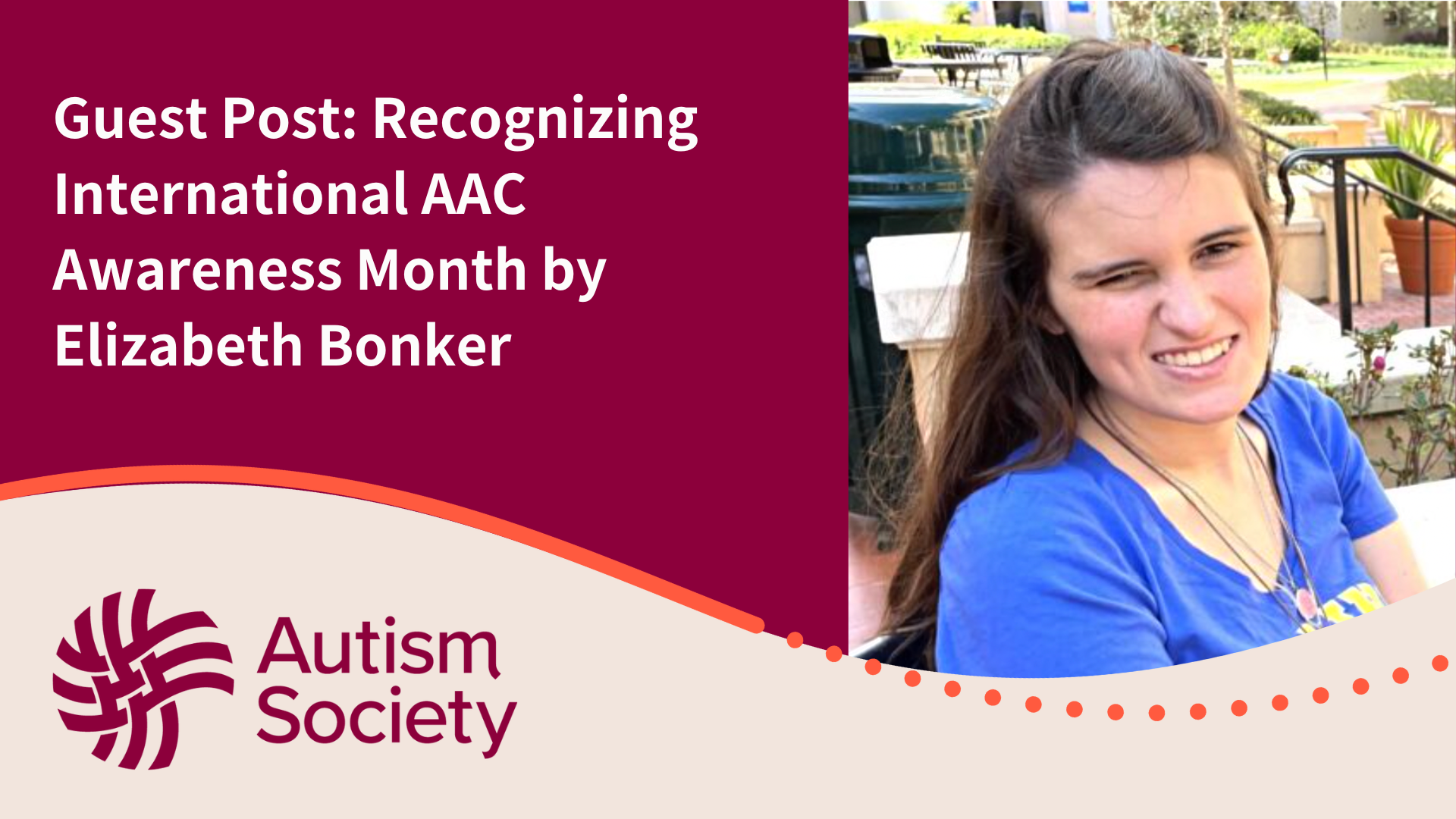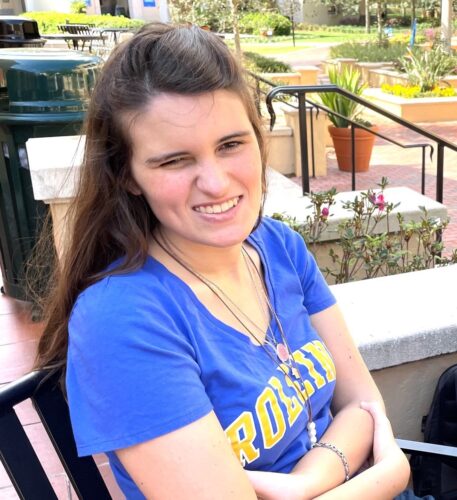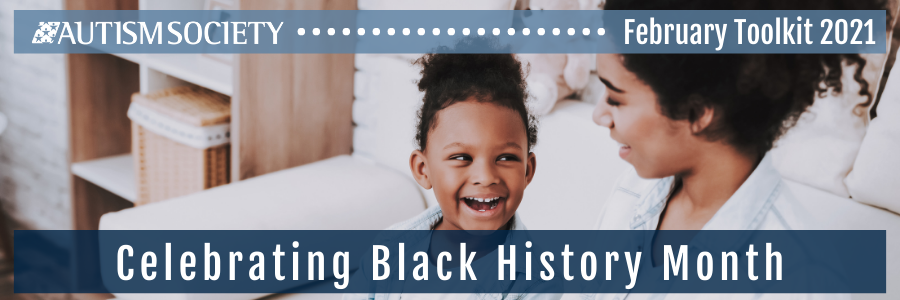
In the following blog post, our featured author Elizabeth Bonker, member of the Autism Society of America’s Council of Autistic Advisors, uses person-first language and non-speaking terminology.
Because Autism and the experiences of living with Autism are myriad and unique, and individuals who self-advocate have preferences about how to describe their identity, we always recommend asking an individual what their preference is. The Autism Society honors and recognizes that both identifiers are valid for individuals, our practice is to start written materials with person-first language and use identity-first language as a secondary reference after the opening use.
This post discusses Alternative and Augmentative Communication (AAC), which includes all forms of communication (other than verbal speech) that are used to express thoughts, needs, wants, and ideas. AAC includes methods, devices and communication strategies for people with limited verbal communication skills.
 Alternative and Augmentative Communication (AAC) saved my life. I was locked in a Silent Cage. I heard and understood everything going on around me, but I could not get my mouth to produce the language in my mind.
Alternative and Augmentative Communication (AAC) saved my life. I was locked in a Silent Cage. I heard and understood everything going on around me, but I could not get my mouth to produce the language in my mind.
Then, a miracle happened. When I was six years old, my grandmother saw a story on 60 Minutes where a woman named Soma Mukhopadhyay was teaching her son to point to letters on a low-tech AAC device, a letterboard. After Soma taught me, I was able to enter mainstream public school in first grade with a communication partner. In middle school, I transitioned to other AAC, typing on an iPad and keyboard. In May 2022, I graduated from the Honors Program at Rollins College as a Valedictorian. You may have seen my Commencement Address. It went viral with over 4 billion impressions worldwide.
My mission is Communication 4 ALL: to gain communication for the estimated 31 million people in the world with Autism who are non-speakers. The term “non-speaker” includes anyone who cannot reliably use speech to communicate. A person who constantly repeats a word or phrase could also be helped by learning to type because their limited speech does not reflect their intelligence.
What prevents non-speakers with Autism like me from reliably speaking and controlling our bodies is a neuromotor disorder called apraxia- not an intellectual disability. I believe all non-speakers with Autism can learn to use AAC, and the world would be enriched by their voices.
For more information about the institutional challenges faced by non-speakers with Autism who are trying to use AAC, read this blog post by J.B. Handley, author of Underestimated: An Autism Miracle.
Read Elizabeth’s bio here.
Please note that all opinions expressed in this post are a reflection of the author’s personal experiences or preferences and do not reflect the opinions of the Autism Society of America.
Share:




